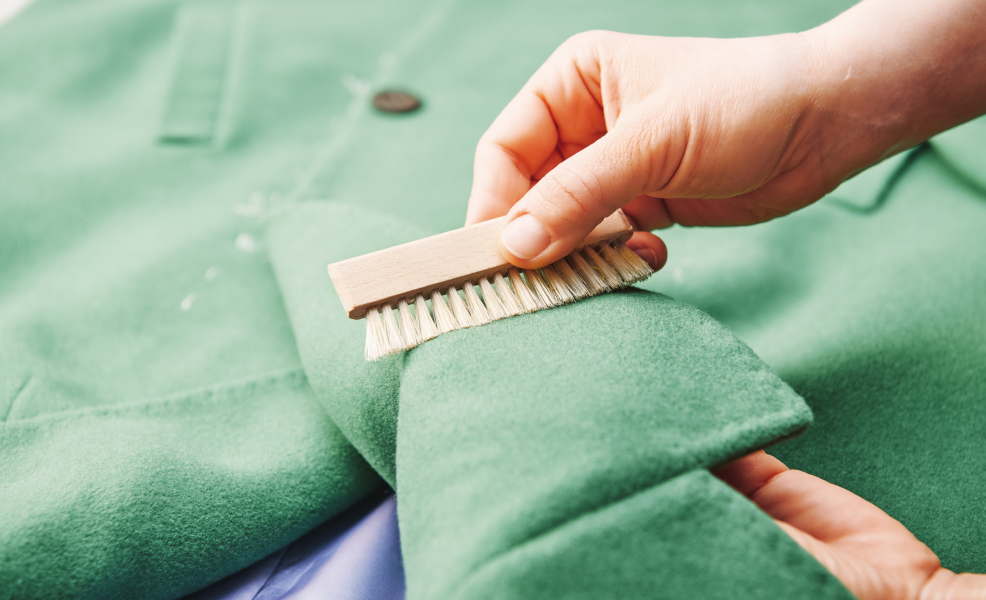Introduction
Biofabrication has arisen as an area of great promise, with the potential to revolutionize industries as diverse as healthcare and the fashion industry. By combining cells, biomaterials, and synthetics, biofabrication (also known as 3D bioprinting) creates usable biological structures using cutting-edge processes. Biofabrication promises to bring about a change in healthcare and sustainable style, from cutting-edge medical gadgets to hand-crafted tissues. This blog looks into the expanding field of bio-fabricated textiles to demonstrate the future they promise.
The Promise of Bio fabrication
Biofabrication represents a new frontier in healthcare, offering a myriad of possibilities such as tailor-made biomedical devices, microfluidic systems integrating 3D miniaturized organs for drug testing, and engineered tissues like skin, cartilage, and bone. Furthermore, it envisions the creation of intricate organs such as the kidney, liver, lung, and heart. While some of these applications are still on the horizon, biofabrication has the potential to revolutionize healthcare by offering innovative solutions for patient care and pharmaceutical development.
Challenges in Bio fabrication: Opportunities for Growth
To fully realize the potential of biofabrication, we must address significant manufacturing challenges. These challenges, although formidable, offer unique growth opportunities that can bring us closer to unlocking the true potential of biofabrication.
Consistent Starting Materials: The demand for consistent and reliable starting materials, including biomaterials, cells, and reagents, presents an opportunity for the growth of specialized suppliers in the biofabrication ecosystem.
Standards and Regulations: The need for coordinated standards and regulatory pathways for biomedical products opens doors for companies specializing in compliance and quality assurance, supporting the safe integration of biofabricated products into healthcare systems.
Advanced Platform Technologies: The development of advanced, modular, closed, and automated platform technologies represents a burgeoning sector within biofabrication. Companies focusing on innovation in manufacturing equipment and processes stand to benefit.
Quality Control: Companies specializing in quality-control systems integrated into the manufacturing process can play a pivotal role in ensuring biofabricated products meet stringent regulatory standards, boosting confidence in their safety and efficacy.
Bio fabricated Textiles: A Thriving Frontier
Beyond healthcare, biofabrication has extended its reach into the fashion industry, offering a fresh perspective on textile production. Bio-fabricated textiles, nurtured from live microorganisms such as bacteria, yeast, algae, and fungi root structures, present an eco-friendly alternative to traditional fabrics. Through bioengineering processes, these microorganisms produce biopolymers that serve as the foundation for textiles.
The Sustainable Advantages of Bio fabricated Textiles
Bio-fabricated textiles boast several sustainable advantages that are propelling their growth and adoption in the fashion world:
Resource Efficiency: Bio fabricated textiles thrive without the need for extensive land resources, setting the stage for resource-efficient and environmentally friendly textile cultivation.
Reduced Chemical Usage: By eliminating the need for pesticides and reducing chemical usage compared to conventional textile production, biofabricated textiles lessen their environmental footprint.
Biodegradability: biofabricated textiles embrace biodegradability, aligning with the principles of a circular economy in textiles. They naturally decompose, mitigating textile waste and its long-term environmental impact.
Animal-Friendly: These textiles are cruelty-free, negating the necessity for animal-based materials in their production. This ethical stance positions them as a sustainable alternative to PU and PVC faux leathers.
Innovations in Bio fabricated Textiles: Growth Opportunities Abound
Biofabricated textiles are at the vanguard of sustainable fashion innovation. Their versatility allows for tailoring specific characteristics, from softness and durability to color and texture. Additionally, biofabrication technology aligns seamlessly with the principles of a circular economy in textiles, facilitating recycling and reuse of these materials.
Addressing Sustainability Challenges: Opportunities for Innovation
While bio fabricated textiles hold immense promise in terms of sustainability, they are not without challenges. These challenges, however, present opportunities for innovation and growth.
Resource Use: Biofabricated textiles relying on crops like sugar may benefit from innovations in sustainable farming practices, opening doors for companies focusing on eco-friendly cultivation.
Energy Intensity: The development of more energy-efficient biofabrication processes represents a growth opportunity for companies specializing in process optimization and green energy integration.
Longevity and Durability: Research into the longevity and durability of biofabricated textiles presents opportunities for companies to pioneer new materials and production methods.
End-of-Life Considerations: Companies specializing in sustainable waste management and recycling can drive the growth of infrastructure to handle biofabricated textile disposal.
The Social Dimension
Beyond the environmental aspects, the social impact of biofabricated textiles is significant. With a substantial portion of the global workforce employed in the fashion industry, transitioning to biofabrics could reshape employment opportunities across various sectors, from agriculture to garment production.
Conclusion: A Sustainable Future
Bio fabrication is not merely a technology but a catalyst for transformative change in healthcare and fashion. While the field faces manufacturing challenges that require collaborative efforts, its potential is undeniable. In healthcare, biofabrication offers solutions ranging from personalized organ transplants to advanced drug testing. In fashion, bio fabricated textiles represent a thriving frontier, offering eco-conscious consumers an alternative to traditional fabrics. As the technology matures and sustainability challenges are addressed, biofabrication will continue to grow, paving the way for a greener and more ethical future in healthcare and fashion alike. The journey towards sustainable biofabrication is an exciting one, filled with opportunities for growth and innovation, and its outcomes will undoubtedly shape the world we live in.

